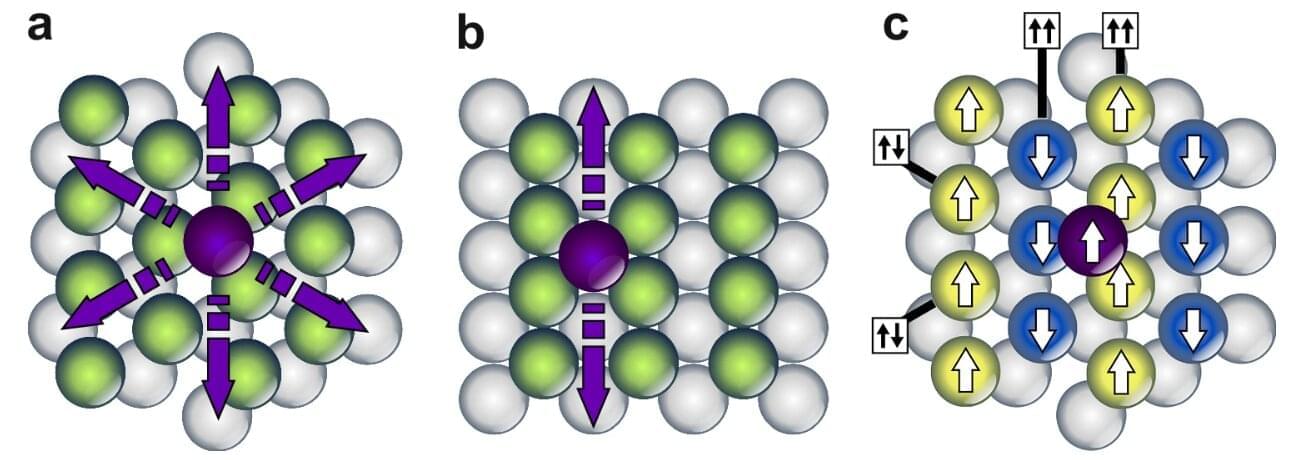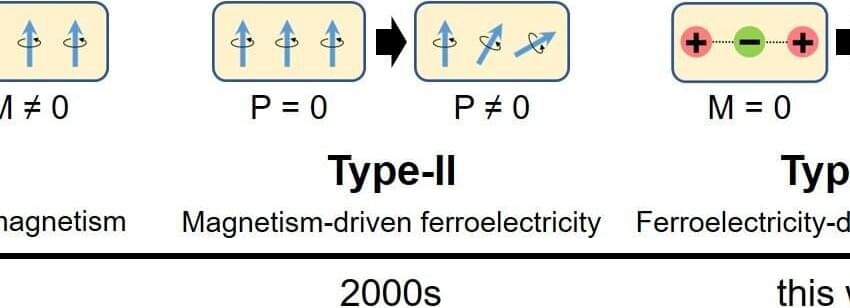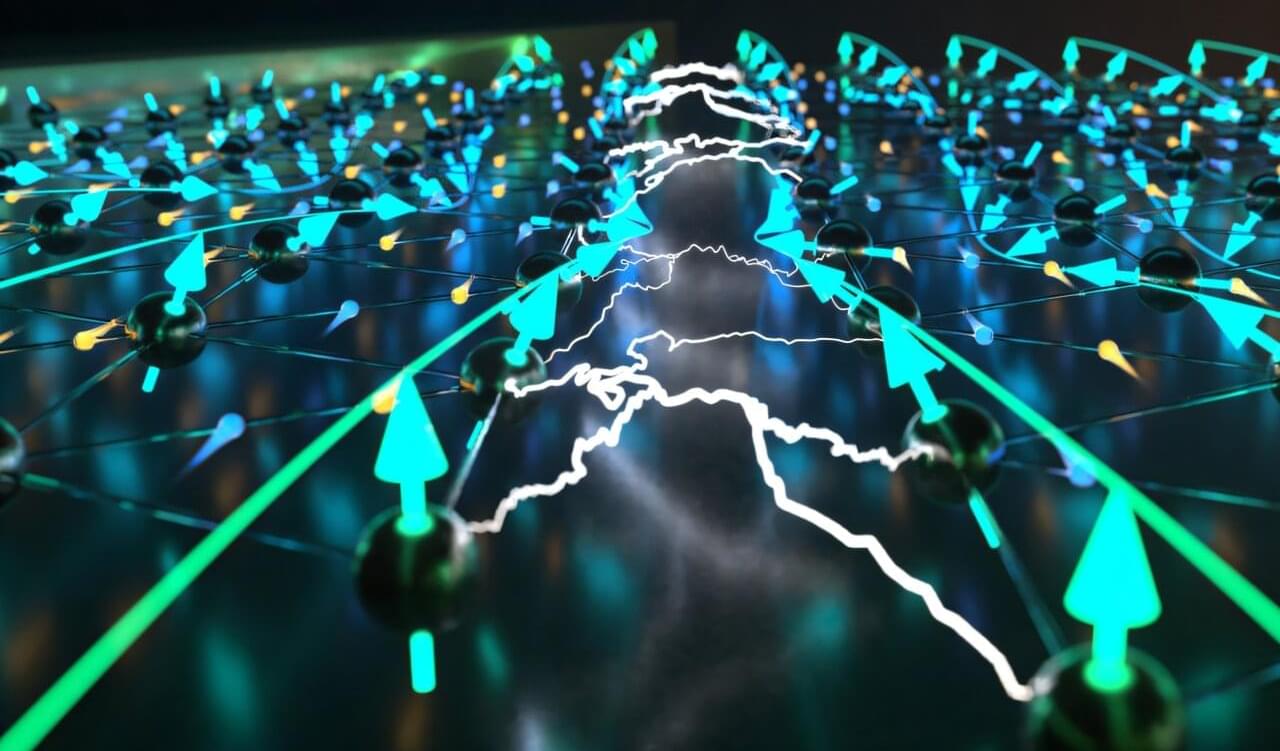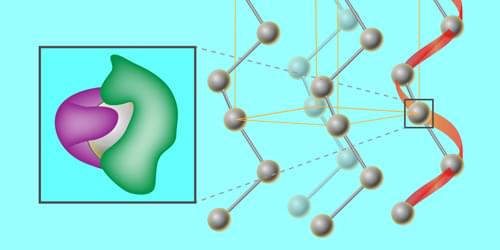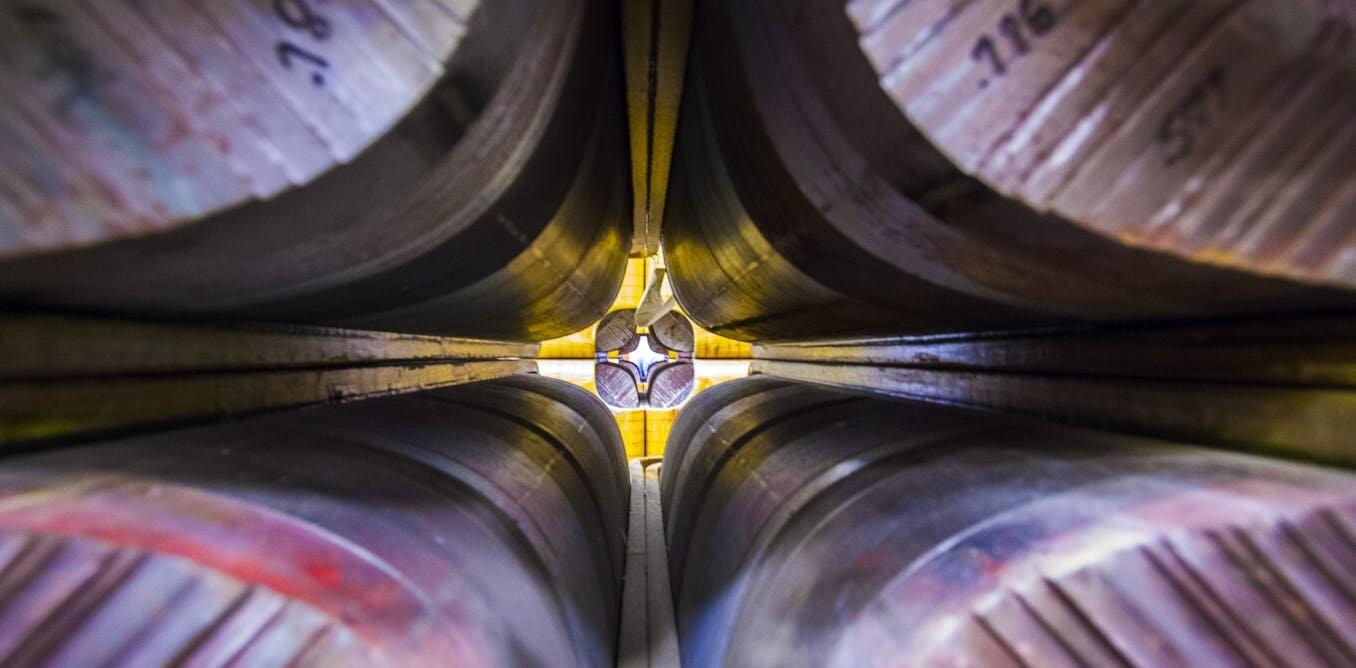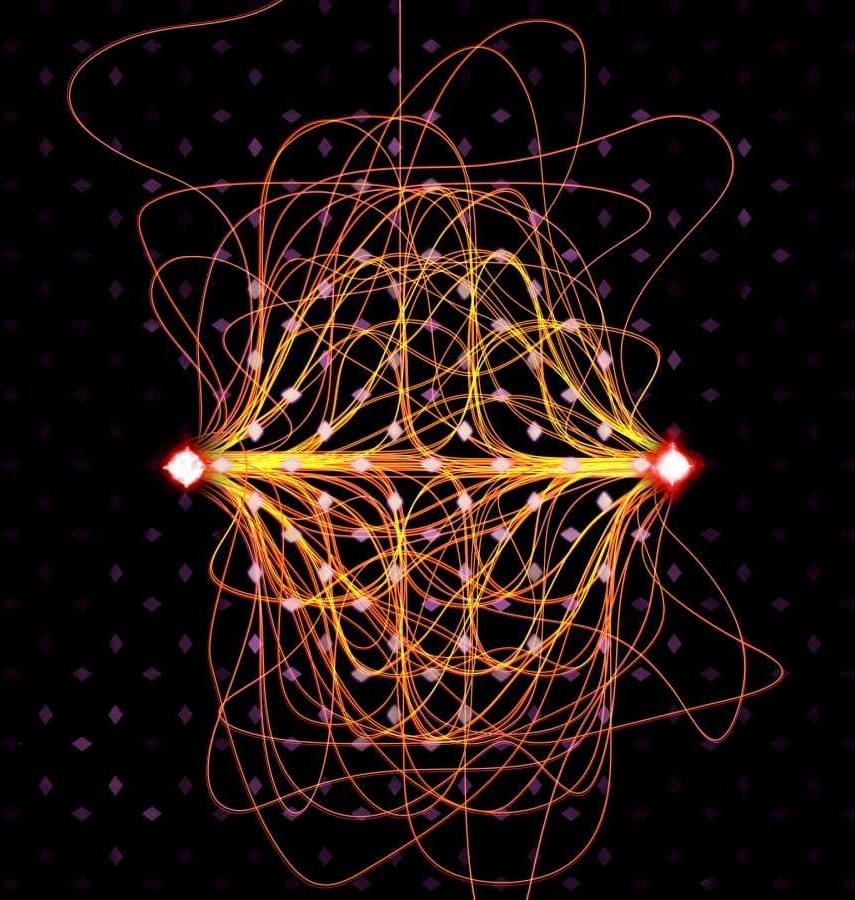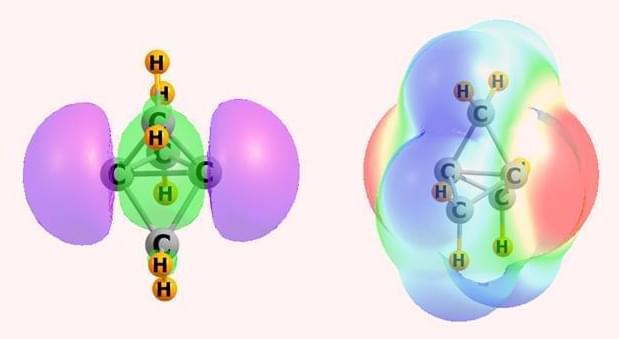Adatoms are single atoms that get adsorbed onto the surface of a solid material and are known to hop randomly from one spot to another. In a recent study published in Nature Communications, a group of scientists from Germany demonstrated that single atoms can be steered in a chosen direction at near absolute zero temperatures (4 Kelvin), provided the surface being used is magnetic in nature—a discovery that can open up new possibilities for precise control of atomic motion, a sought-after ability in the field of nanotechnology, data storage and functional materials.
The researchers placed individual cobalt, rhodium, and iridium atoms on a 1-atom-thick manganese surface to create a magnetically well-defined surface and studied the migration behavior of adatoms using a scanning tunneling microscope (STM) at a temperature of 4 K.
According to established findings from nonmagnetic surfaces, atomic movement is usually governed by surface symmetry. In a hexagonal manganese monolayer like the one used in the study, atoms would be expected to migrate randomly in any of six directions. Yet in a surprising twist, researchers found that when a short, localized voltage pulse from the STM was applied, the atoms consistently moved in just one direction.
